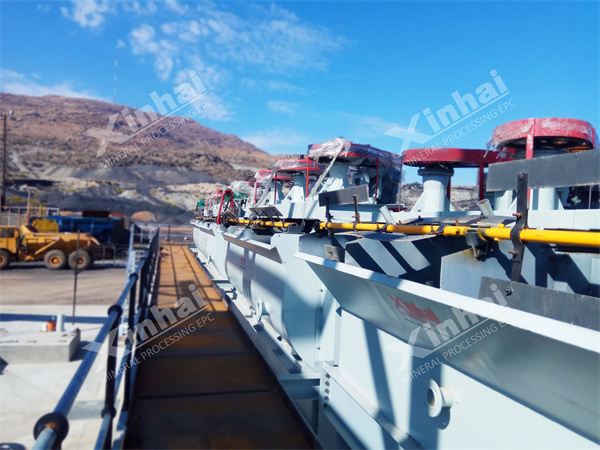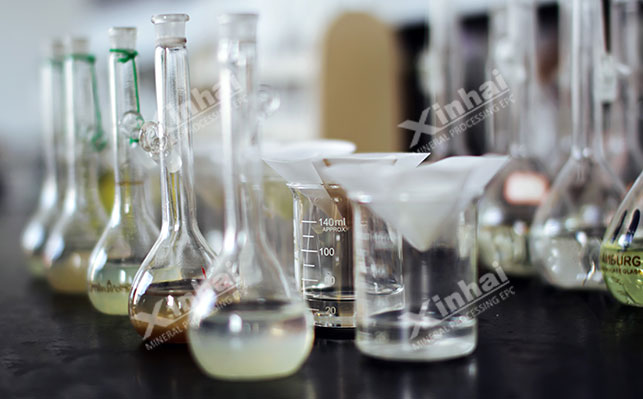Oxidized copper is an important component of copper resources, and its efficient recovery is of great significance for securing the supply of copper minerals. However, due to the special crystal structure of oxidized copper, there are many challenges in its flotation process. This article reviews the research progress on the flotation technology of oxidized copper, emphasizing the optimization of collecting agents, the regulation of ore slurry pH values, the application of activators, and the mixed medication strategy, aiming to provide theoretical and practical guidance for the efficient floating of oxidized copper.

Copper is a key metal that is frequently used in electrical industries, mechanical manufacturing, and traffic transportation. The demand for copper is growing day by day as the clean energy industry and new energy vehicles industry develop rapidly. Oxidized copper and complex copper make up about one-quarter of the world's copper resources, and the annual output of copper from oxidized copper accounts for about one-third of the total production. Therefore, the efficient flotation technology of oxidized copper is of great significance for the sustainable development of global copper resources.
The flotation of oxidized copper is primarily divided into two methods: direct flotation and sulfide flotation. Direct flotation uses collectors such as fatty acids and their soaps, hydroxyamine, and chelating agents, but these have high costs. Sulfide flotation involves the addition of a sulfiding agent to the flotation pulp to modify the surface of the oxidized copper mineral, achieving hydrophobic collection, but it has issues of low sulfiding efficiency and large doses of chemicals.
The choice and quantity of collectors have a decisive impact on the flotation effect of oxidized copper. Research indicates that single triphenylphosphine has a strong ability to recover copper compared to diammonium black. In actual applications, the separating effect of mixing diammonium black and triphenylphosphine is better than using them alone, and the appropriate amount and ratio of the mixture need to be determined through experiments.

The flotation behavior of copper is significantly affected by the pH value of the mineral pulp. Test results indicate that diammonium black and triphenylphosphine are suitable for floating copper at a pH of about 9. Therefore, precise control of the pH value of the mineral pulp is crucial for improving the recovery rate of copper.
The addition of activators such as sodium sulfide can significantly increase the recovery rate of copper floated by diammonium black and triphenylphosphine. By optimizing the dosage of the activator, it is possible to effectively enhance the flotation indicators without incurring excessive costs.
The adoption of a mixed medication strategy using diammonium black and triphenylphosphine can achieve the simultaneous separation of oxidized and sulfide copper minerals, thereby enhancing the overall recovery rate of copper. The optimization of the dosage, ratio, and pH value of the mineral pulp is key to achieving efficient flotation.
The flotation technology for oxidized copper ore is a complex process involving the selection of collecting agents, the regulation of the pH value of the slurry, the application of activators, and the formulation of a mixed medication strategy. By considering these factors comprehensively and conducting systematic research, the efficient recovery of oxidized copper ore can be achieved. Future research should continue to explore new collecting agents, optimize the parameters of the flotation process, and develop intelligent flotation control systems to further improve the efficiency and economy of the flotation of oxidized copper ore.